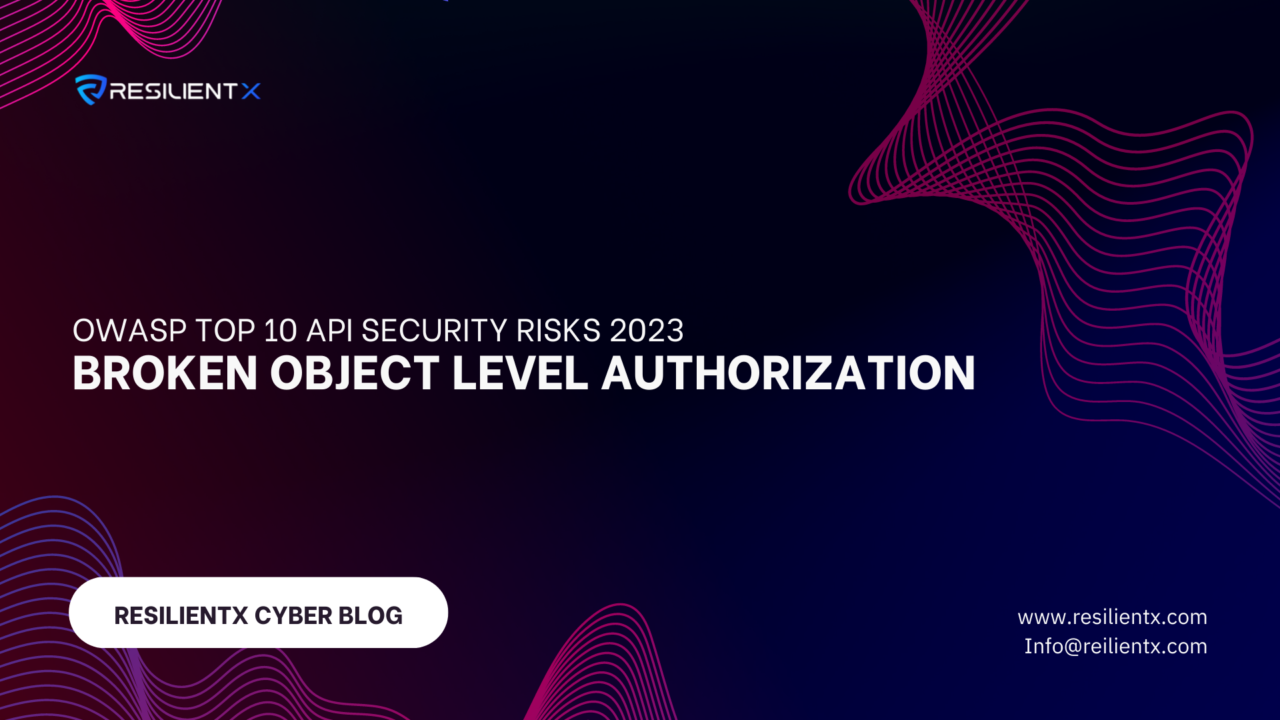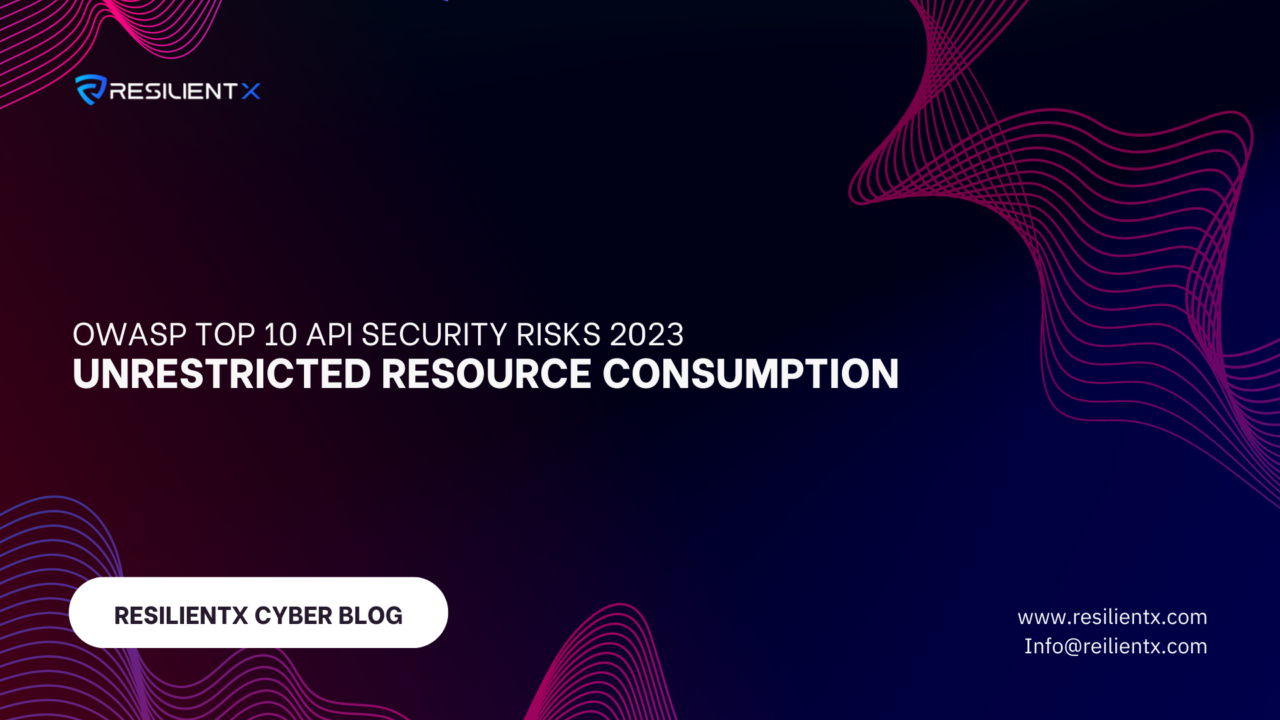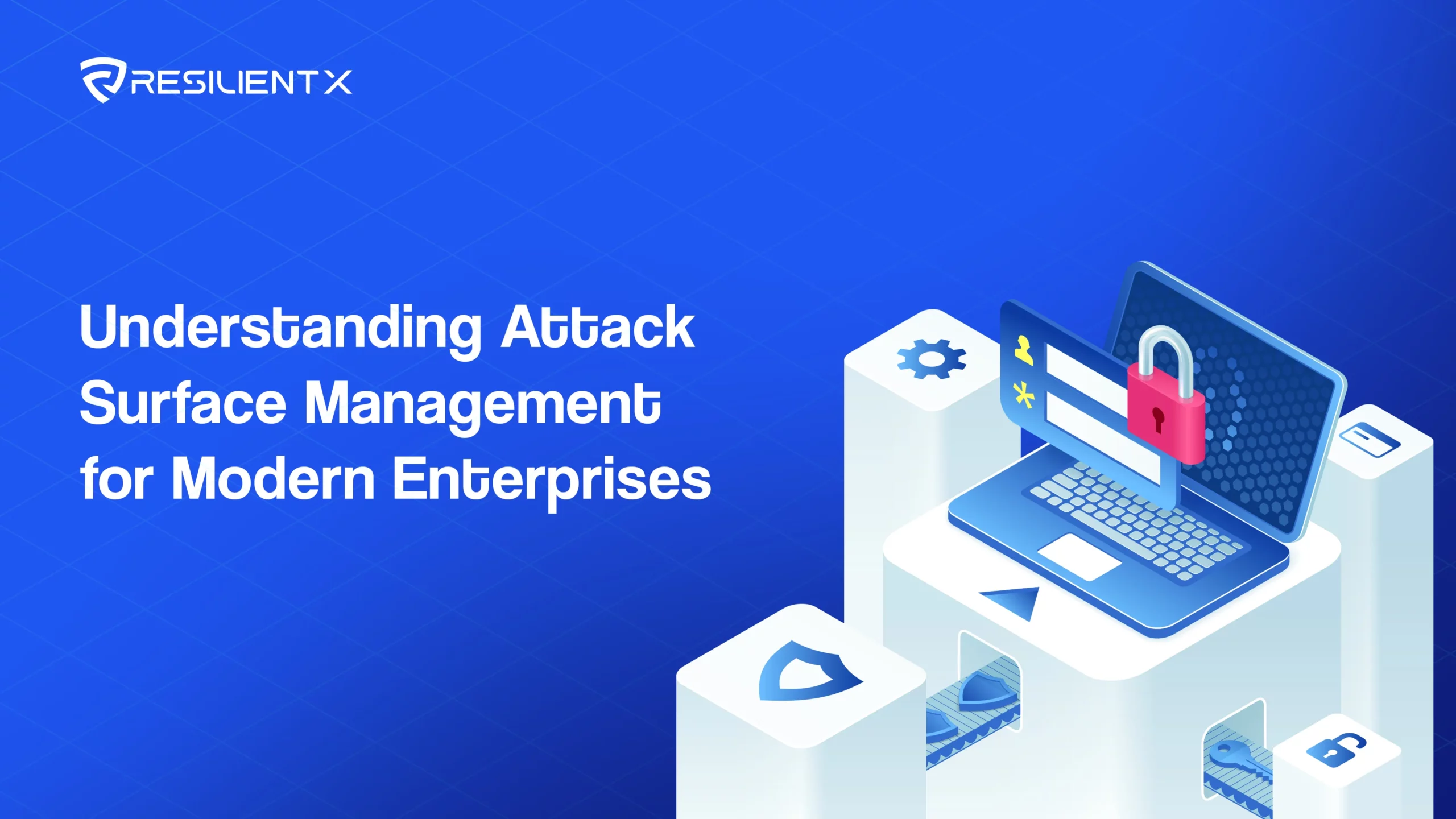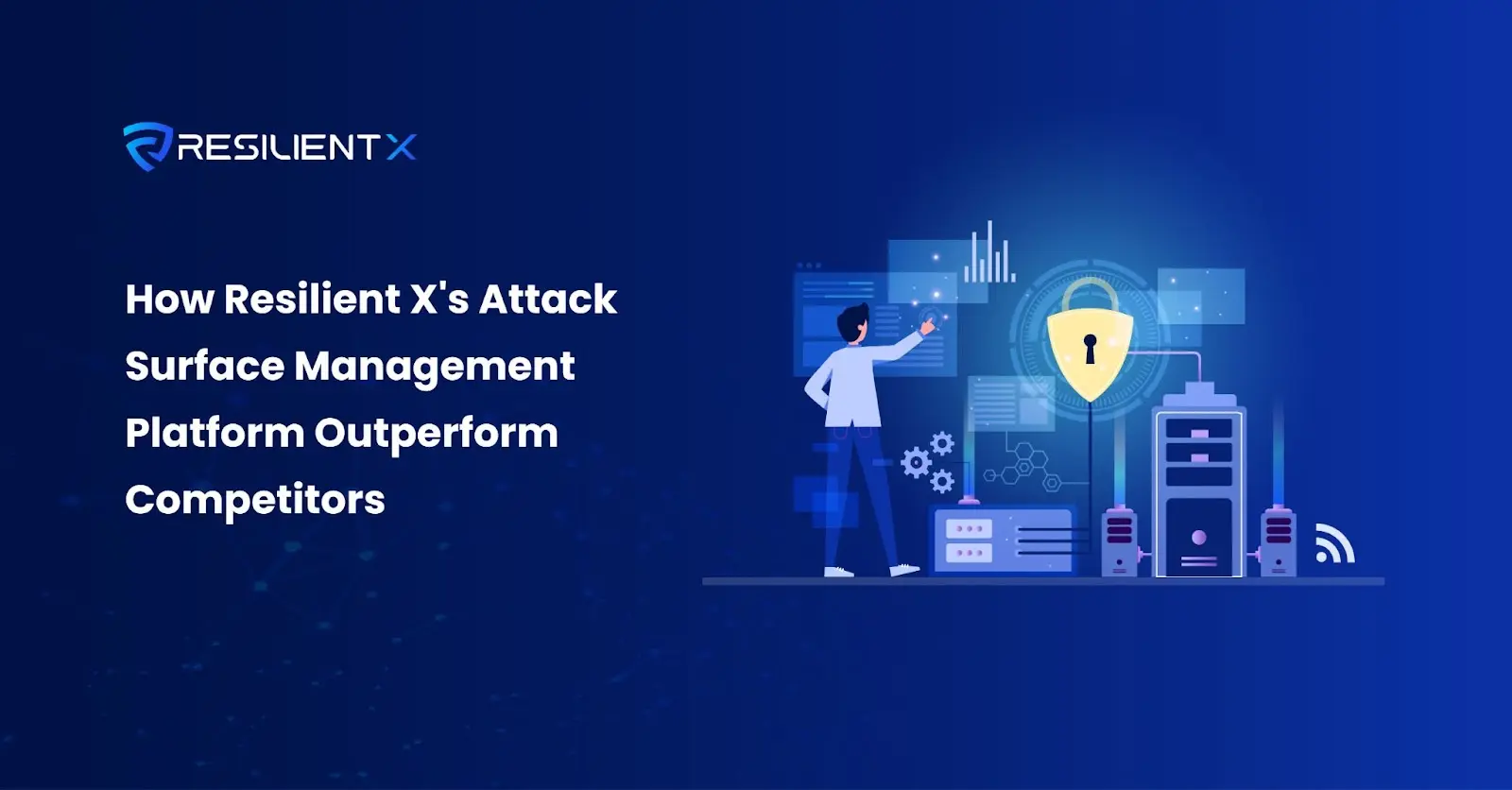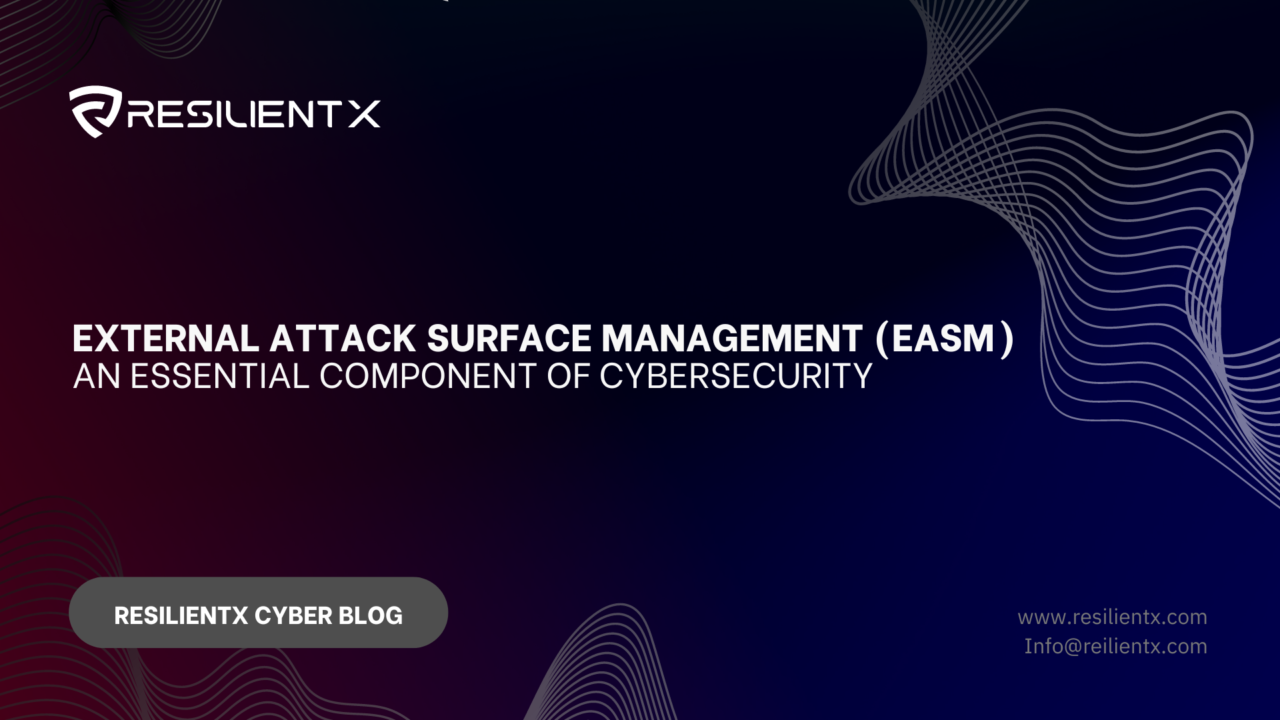
Introduction
In the ever-evolving landscape of cybersecurity, one concept that has gained significant traction is External Attack Surface Management (EASM). As the name suggests, EASM refers to the process of identifying, monitoring, and securing all external digital assets that an organization owns or is responsible for. These assets can range from web applications, cloud storage, and databases to IoT devices, APIs, and even digital social media profiles.
Importance of External Attack Surface Management (EASM)
The importance of EASM cannot be overstated. As organizations continue to expand their digital footprint, the number of potential entry points for cybercriminals also increases. Each digital asset represents a potential vulnerability that could be exploited by an attacker. By proactively managing these assets, organizations can significantly reduce their risk of a cybersecurity incident.
EASM is not just about identifying and cataloging digital assets. It also involves continuously monitoring these assets for vulnerabilities and taking steps to address any identified weaknesses. This proactive approach to cybersecurity can help organizations stay one step ahead of cybercriminals, rather than simply reacting to incidents after they occur.
Differences between EASM and Continuous Attack Surface Management (CAASM)
While EASM focuses on the external digital assets, Continuous Attack Surface Management (CAASM) is a broader concept that includes both external and internal digital assets. CAASM is an ongoing process that involves continuously identifying, classifying, prioritizing, and securing all digital assets.
While both EASM and CAASM are important, they serve different purposes. EASM is primarily concerned with reducing the risk of attacks from external sources, while CAASM is about managing the overall attack surface, including potential threats from within the organization.
Industries That Should Implement EASM
Given the ubiquitous nature of digital assets in today’s business environment, all industries can benefit from implementing EASM. Whether it’s healthcare with patient data and connected medical devices, finance with online banking platforms and customer data, or manufacturing with industrial control systems and IoT devices, every industry has a multitude of digital assets that need to be secured.
Use Cases in Different Company Sizes
EASM is not just for large corporations. Businesses of all sizes can benefit from implementing EASM.
For small businesses, EASM can help identify and secure digital assets such as websites, email servers, and cloud storage, which might otherwise be overlooked.
Medium-sized businesses might have a more complex digital environment, with multiple websites, cloud services, and perhaps even mobile apps. EASM can help these businesses keep track of all their assets and ensure they are properly secured.
Large corporations and enterprises could have thousands or even millions of digital assets spread across multiple countries and jurisdictions. For these organizations, EASM is essential for managing and securing their vast digital landscape.
Importance in Supply Chain
EASM is also crucial in managing supply chain risks. A company’s digital attack surface is not limited to its own assets. It also includes the digital assets of its suppliers, vendors, and partners. By extending EASM to the supply chain, companies can identify and mitigate potential vulnerabilities that could be exploited to gain access to their systems.
Implementation and Solutions
Implementing EASM involves several steps. First, organizations need to identify all their external digital assets. This can be a daunting task, especially for larger organizations, but there are tools available that can automate this process.
Once all assets have been identified, they need to be monitored for vulnerabilities. This involves regularly scanning the assets for known vulnerabilities and also keeping an eye on new vulnerabilities as they are discovered.
Finally, any identified vulnerabilities need to be addressed. This could involve patching software, changing configuration settings, or even decommissioning assets that are no longer needed.
One solution that can help with EASM is ResilientX Cyber Exposure Management. This platform provides a comprehensive suite of tools for managing an organization’s external attack surface. It uses advanced scanning technologies to identify and catalog digital assets, and machine learning algorithms to prioritize vulnerabilities based on their potential impact. It also provides actionable insights to help organizations address identified vulnerabilities and reduce their overall cyber risk.
ResilientX also supports integration with other security tools, allowing organizations to incorporate EASM into their existing cybersecurity framework. This can help create a more holistic and effective approach to cybersecurity.
Conclusion
In conclusion, External Attack Surface Management is a critical component of modern cybersecurity. By proactively managing and securing their external digital assets, organizations can significantly reduce their risk of a cyber incident. While EASM is not a silver bullet that can prevent all cyber attacks, it is a valuable tool that can make it much harder for cybercriminals to gain access to an organization’s systems. With the right tools and strategies, EASM can be a powerful ally in the ongoing battle against cyber threats.
